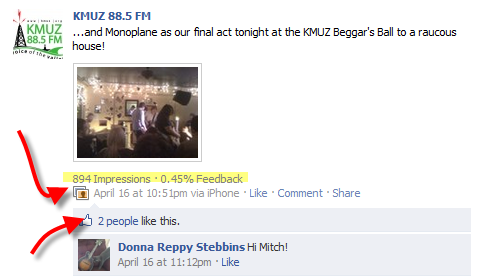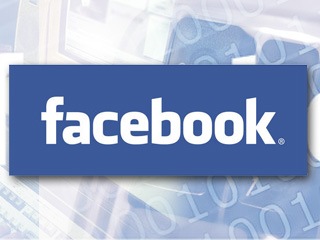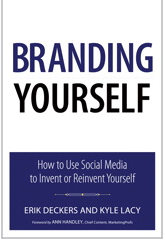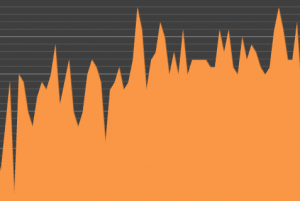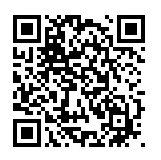What a Dusty Web We Weave
Is your LinkedIn Profile a bit, shall we say, spare? Do your Facebook page updates come along every election and New Year’s Day? Is your Twitter account so empty of recent updates that it echoes when you walk in? Is your most recent YouTube video celebrating the latest and greatest…MySpace update?

Sorry, dude, but if that’s the case – close it all down! Either pony up the time to create current updates or get out of the way.
It’s said that 80% +- Twitter accounts are inactive. Facebook is apparently a little better with about 50% of the 500 million+ users logging on regularly.
“I don’t have the time!”
If that’s the case, you have a few choices: either put up or shut up. If you don’t have the time to participate fully, what’s the point? A half-baked LinkedIn profile does you no good. People will rarely find you and when they do they won’t have much to see. If you’re not actively working to connect with more people on a regular basis, you probably shouldn’t be involved.
So many people are still dipping their toes in the waters of social media. Testing it out. Trying it on for size.
Okay, I get it. That’s fine, for a time. But if you’re still testing the waters a year or two later, I think you’ve tested enough. Either jump in all the way or go back to what you were doing before you dipped that toe.
Wanna build a community that you can tap into for next year’s tradeshow? Work to build it. Engage with it. Answer questions. Ask questions. Throw out comments and observations. Be yourself.
But do it regularly. Find a time every day when you can spend a few moments. Come up with a ‘morning video’ you can share with your readers. Grab something you like off of YouTube and embed it. Maybe it’s a cool rock song from the 70s. Maybe it’s a how-to that your audience will appreciate. Be yourself.
Share a link. Read the news and share something your audience will like. Share a quote. Come up with your own quote! Be yourself.
Find a way. Create a routine. Before long you’ll be comfortable with the engagement. And you’ll start to hear back from your growing community. Be Yourself!
You can post a few things in ten minutes. If you have a Hootsuite account, you can set up a half-dozen tweets to go out throughout the day in just a few minutes.
If you’re online – and if you want to create that community, but you’re not finding the time, you’re running out of excuses.
Fish or cut bait. S&*$ or get off the pot.

photo credit: Aim low, play bass


